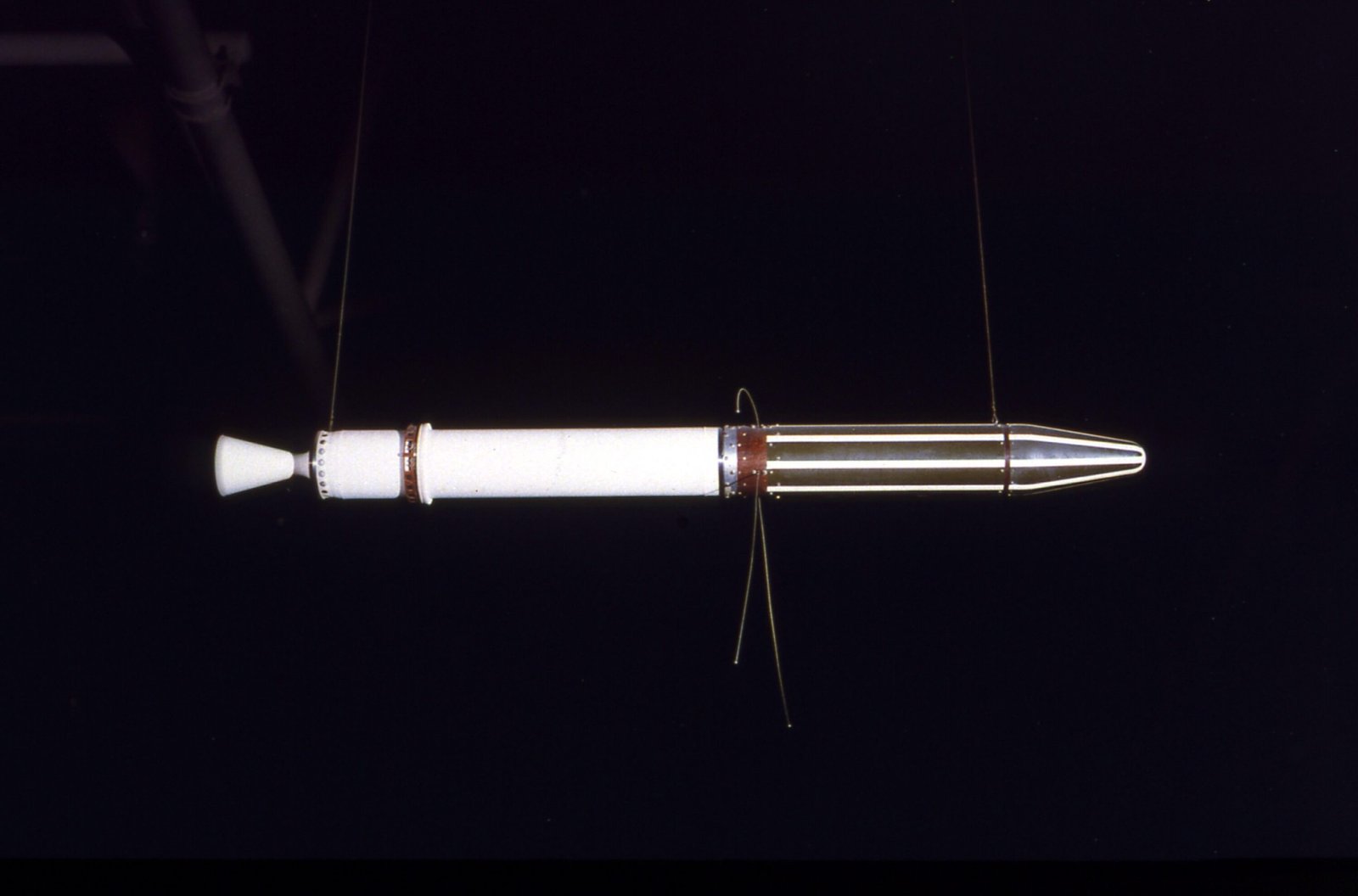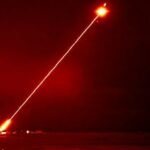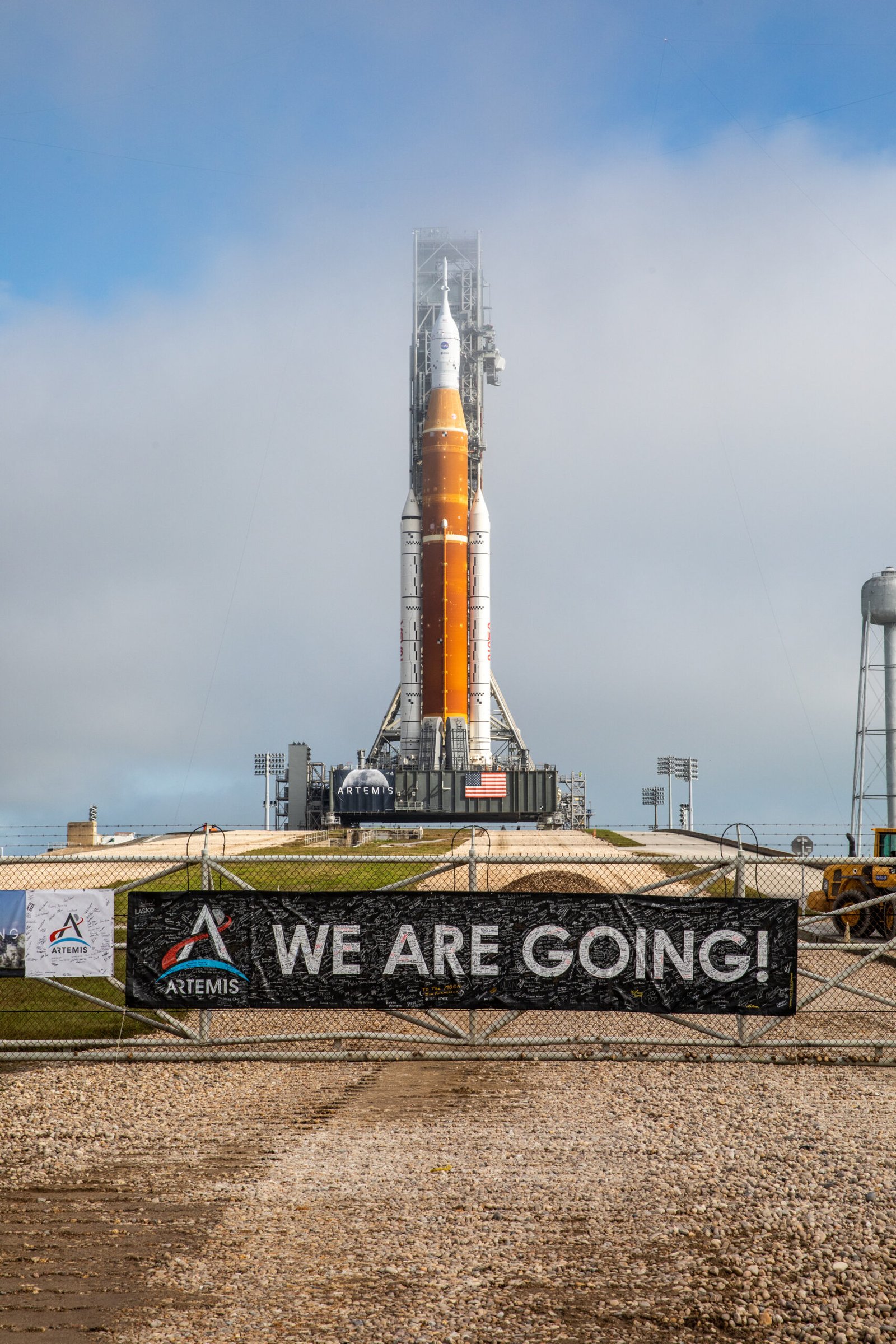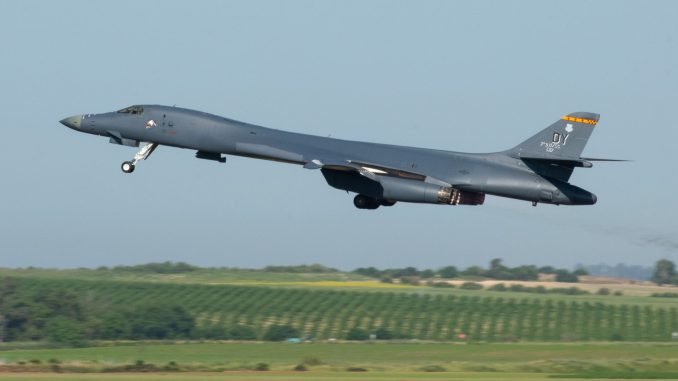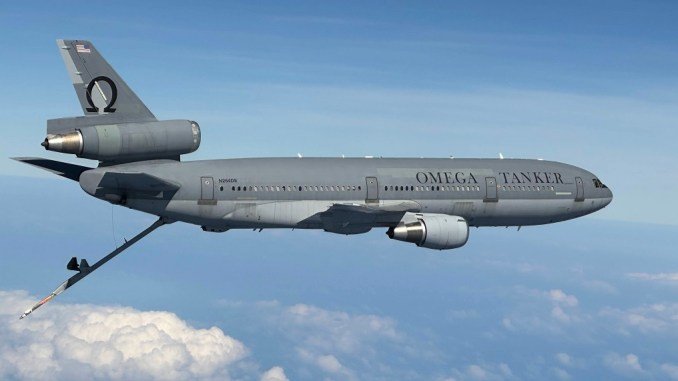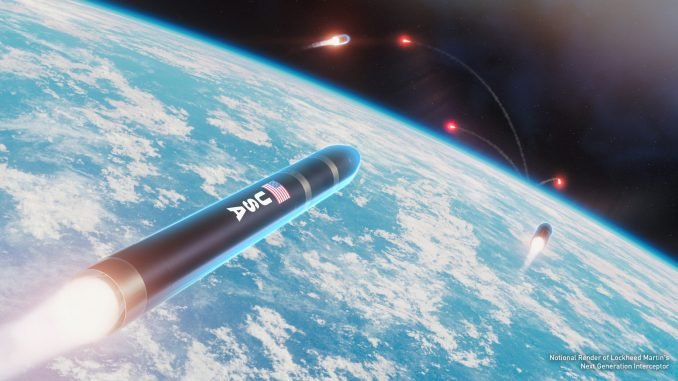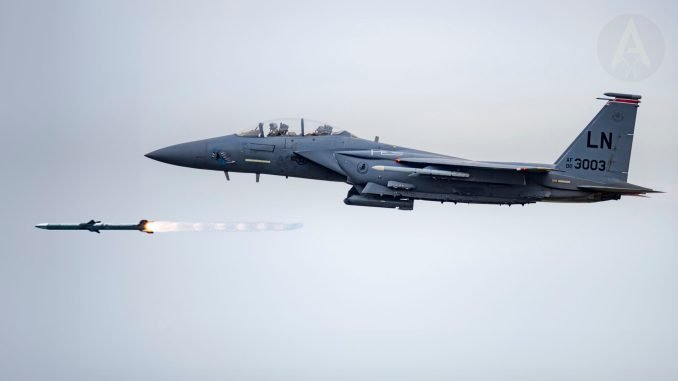The Truth About Nasa, Moon Rocket Artemis 1 In 3 Minutes
The Launch Day.
The NASA Authorization Act of 2010 passed in September; Congress mandated that existing contracts be used to build new Shuttle-derived vehicles. This rocket is called the Space Launch System, or SLS for short. By law, the SLS manned launch had to take place by December 31, 2016 (delayed), so NASA originally planned two rocket test flights in 2011. A year later, in 2012, The first and second launches of SLS exploration missions were named 1 and 2, abbreviated EM-1 and EM-2.
What Do We Know About Artemis 1?
The Truth About Nasa, Moon Rocket Artemis 1 : Artemis 1, officially Artemis I and formerly known as Exploration Mission-1, is the first planned uncrewed test flight in NASA’S Artemis program, designed to land humans on the Moon. It is also the first flight of the agency’s Space Launch System (SLS) rocket and the complete Orion spacecraft. The test flight is scheduled to launch on August 29, 2022, at 12:33 UTC from the Kennedy Space Center’s Launch Complex 39B, from which Apollo 10 was launched 53 years before.
Artemis 1 will last three weeks and test all the rocket stages and spacecraft used in later Artemis missions. After reaching orbit and performing a trans-lunar injection (burn to the Moon), the mission will deploy ten CubeSat satellites. Next, the Orion spacecraft will enter a distant retrograde orbit for six days. The Orion spacecraft will then return, reenter the Earth’s atmosphere, protected by its heat shield, and splash down in the Pacific Ocean.
The original launch date of Artemis 1 was planned for December 2016, but it was delayed at least sixteen times due to technical issues with the SLS and the Orion spacecraft. Other factors contributing to the delays are the cost overruns (SLS’s main criticism) and the federal government’s budget limits. After the Artemis 1 mission, Artemis 2 will perform a crewed lunar flyby, and Artemis 3 will perform a crewed lunar landing five decades after the last Apollo mission.
Artemis 1 Launch Day
NASA will launch its first lunar SLS mega-rocket and Orion on Artemis 1 today, Monday, August 29. This launch will be the first step in a complex series of missions to enable continued human exploration of the Moon and Mars.
The Dubbed Artemis I mission will send an unmanned capsule on a 42-day journey around the Moon before trickling into the Pacific Ocean. This operation will launch the first program of the space launch system.
What does Artemis 1 accomplish?
The foremost priority for Artemis I: testing new heat shields for Orion reentering Earth’s atmosphere at 40,000 km/h. The capsule will have to survive the vigorous descent during the process, likely becoming one of the quickest reentries to date. In addition, the spacecraft must survive the fiery descent during the process. https://www.youtube.com/watch?v=CMLD0Lp0JBg From NASA YouTube Channel
If the Artemis I mission launch is successful, the Artemis II mission will do much the same with astronauts on board. Artemis III will then aims to send two astronauts to the Moon after 2025; this is all part of NASA’s program to return humans to the Moon for the first time since 1972
What you need to know about the Space Launch Systems program.
The giant SLS rocket is years behind schedule with billions of dollars over budget. Each launch will cost the American taxpayers $4.1 billion, according to NASA’s internal regulator, the Office of the Inspector General.

source Nasa
Furthermore, the rocket will be an Orion space capsule carrying unique mannequins – Moonkin Campos, Helga, and Zohar – to collect data on the stresses the mission will place on future astronauts. Finally, about eight hours after liftoff, the spacecraft will leave Earth’s orbit and begin the 250,000-mile trip to the Moon. If all goes well, it will orbit the Moon for more than a month before returning to Earth and splashing down off San Diego.

